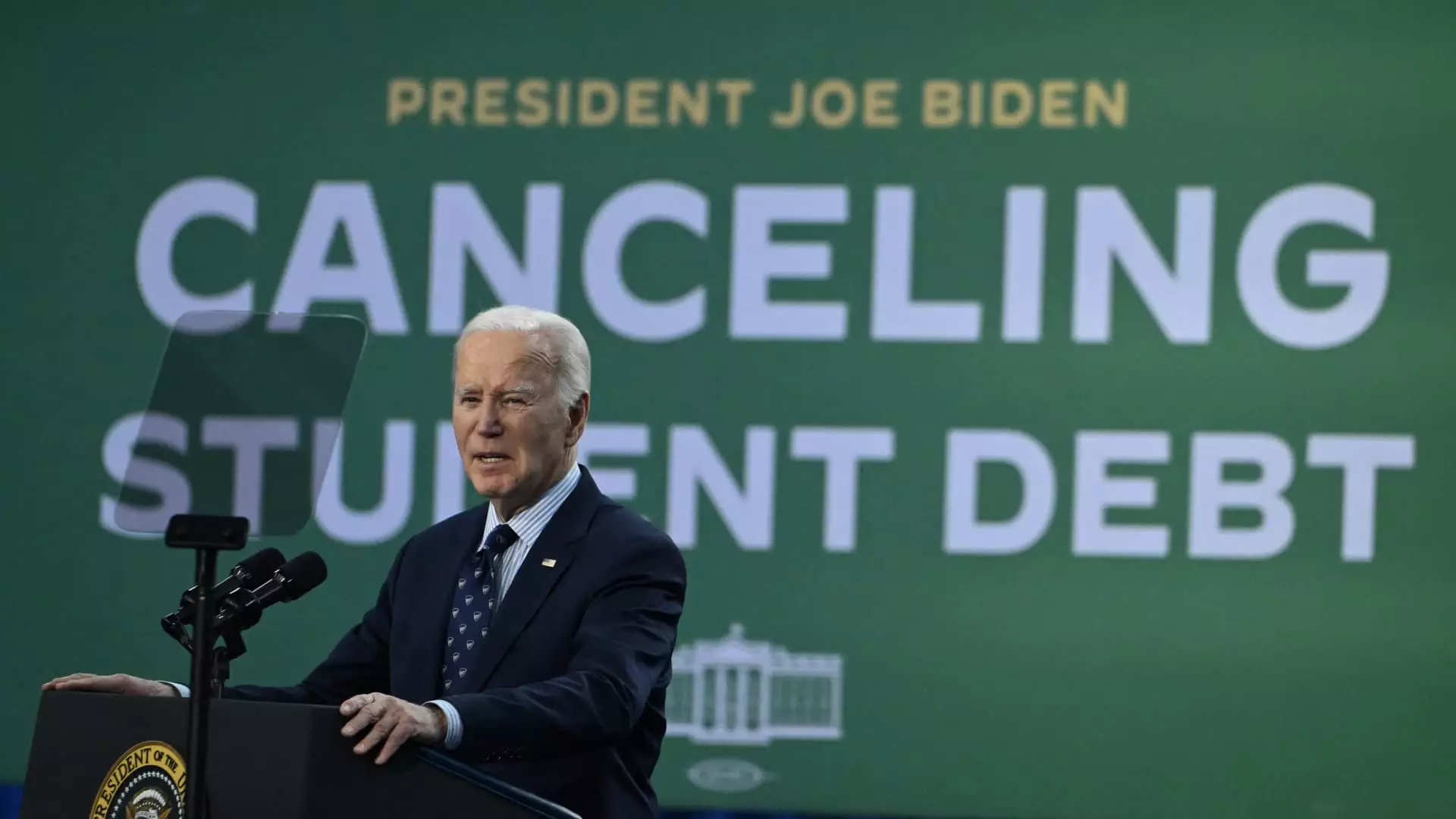The Biden administration is moving forward swiftly with a new student loan forgiveness plan, aiming to begin relieving people of their debts as early as this fall. This initiative is seen as a crucial step in the lead-up to the next presidential election, as it tackles issues that sharply differentiate Democrats from Republicans. According to higher education expert Mark Kantrowitz, matters that influence voter turnout between the two parties are more likely to impact the election, making student loan forgiveness a significant focal point.
President Joe Biden’s initial campaign promise to eliminate student debt was challenged in the Supreme Court last June and deemed unconstitutional by the conservative justices. Following this setback, efforts were redirected towards exploring existing avenues within the U.S. Department of Education to provide relief for student borrowers. Despite some progress in existing loan relief programs, with debts totaling $146 billion cleared for 4 million individuals during Biden’s tenure, pressure continues to mount on the administration.
In light of the obstruction faced by the initial plan, President Biden has put forth an alternative approach aiming to assist select groups of individuals, including those facing financial hardship and graduates of underperforming institutions. This revised program extends to clearing interest on debts for approximately 25 million individuals. While the scope of this plan is narrower than the previous one, it has the potential to provide relief to a substantial number of borrowers.
Given the significance of student loan forgiveness as a campaign issue, President Biden’s administration is keen on implementing this relief before the upcoming election in November. Nearly half of voters in a recent survey highlighted student debt cancellation as a crucial issue for the next presidential and congressional elections. Key demographics, such as Gen Z voters, view student debt elimination as a critical factor in their decision-making process. This presents an opportunity for Biden to appeal to younger voters and highlight distinctions between his stance and that of former President Donald Trump, who opposed debt relief initiatives during his tenure.
To navigate potential legal challenges and expedite the implementation of the new student debt relief program, the Biden administration has turned to the negotiated rulemaking process. This approach, which involves significant stakeholder engagement and formal rule proposal mechanisms, aims to fortify the relief plan against legal hurdles. While the procedure may prove lengthier, with several regulatory steps to navigate, its comprehensive nature could establish a more robust foundation for the proposed program.
As the Biden administration pushes forward with its revised student loan forgiveness plan, the spotlight remains on the impact of this initiative on the upcoming election. By addressing key concerns surrounding student debt and offering targeted relief measures, President Biden aims to establish a meaningful distinction in his approach compared to previous administrations. While legal challenges and political opposition persist, the administration’s commitment to addressing student debt concerns signals a proactive step towards alleviating financial burdens for millions of borrowers.

Leave a Reply